Whitcomb Gas-Mechanical Industrial Switching Locomotive No. 151
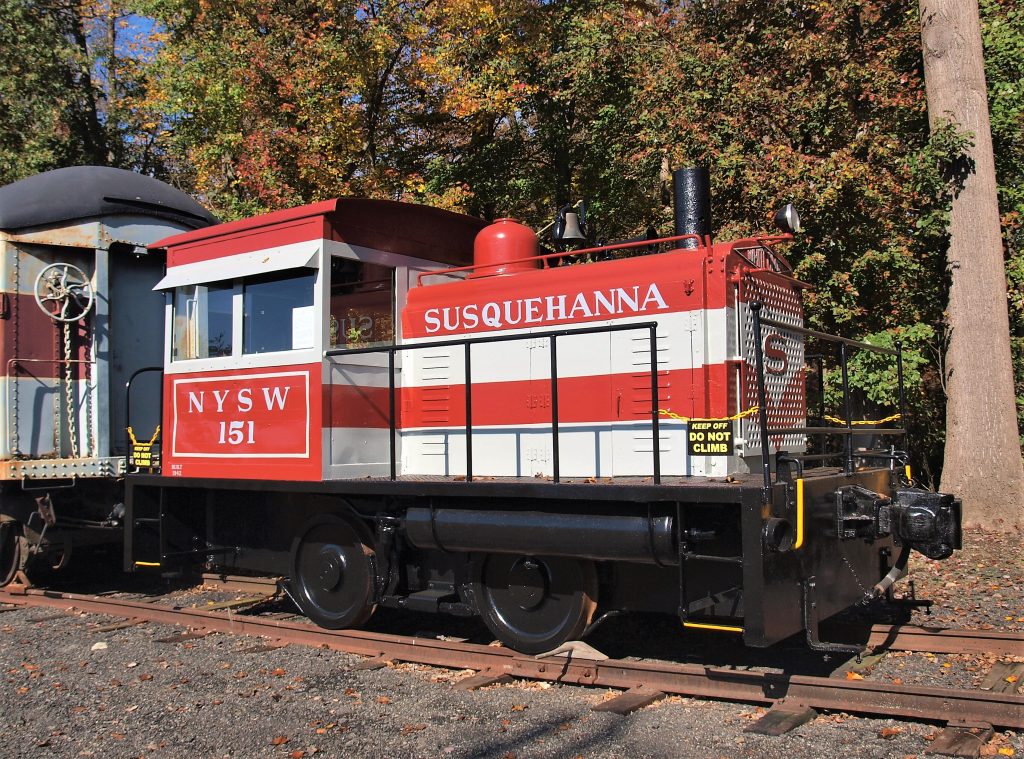
 In 1878, George D. Whitcomb began manufacturing coal mining machinery in a small machine shop in Chicago, Illinois. In 1892, his growing business was incorporated as the George D. Whitcomb Company. Gasoline engines were a definite novelty in the closing years of the Nineteenth Century. However, Mr. Whitcomb concluded that a gasoline motor could be installed in small mining locomotives. In April 1906, the first successful gasoline-powered locomotive was built and eventually placed into service at a large Central Illinois coal mine. In 1907, the Whitcomb manufacturing facility was moved to Rochelle, Illinois where it continued to build gasoline-powered locomotives for mine operations. The reputation of the reliability of Whitcomb locomotives spread; so much, in fact, that during World War I the output of the Whitcomb plant was devoted almost entirely to government orders. In 1929, Whitcomb designed and built the largest gasoline-electric locomotive that had been offered to American railroads up to that time.
In 1878, George D. Whitcomb began manufacturing coal mining machinery in a small machine shop in Chicago, Illinois. In 1892, his growing business was incorporated as the George D. Whitcomb Company. Gasoline engines were a definite novelty in the closing years of the Nineteenth Century. However, Mr. Whitcomb concluded that a gasoline motor could be installed in small mining locomotives. In April 1906, the first successful gasoline-powered locomotive was built and eventually placed into service at a large Central Illinois coal mine. In 1907, the Whitcomb manufacturing facility was moved to Rochelle, Illinois where it continued to build gasoline-powered locomotives for mine operations. The reputation of the reliability of Whitcomb locomotives spread; so much, in fact, that during World War I the output of the Whitcomb plant was devoted almost entirely to government orders. In 1929, Whitcomb designed and built the largest gasoline-electric locomotive that had been offered to American railroads up to that time.
In 1931, the company fell into bankruptcy and was acquired by the Baldwin Locomotive Works of Philadelphia, PA. Baldwin operated its new asset as the Whitcomb Locomotive Works until 1940, when it assumed full ownership and Whitcomb became a division of the parent company. When World War II began in Europe, there was an increased demand for locomotives, both at home and abroad. The manufacturing facility was increased, and by 1942 the factory area had doubled. In February 1952, industrial locomotive production was shifted from Illinois to Baldwin’s Eddystone Works in Pennsylvania.
In January 1942, a batch of Whitcomb industrial locomotives had been constructed for the U.S. Army. The small, 20-ton gasoline-powered locomotives were utilized as stateside switchers at military bases and piers throughout the duration of World War II. In 1946, the locomotives were disposed of by the U.S. Government’s War Assets Administration. Two of the engines were sold to the New York, Susquehanna and Western Railroad (NYS&W) on September 26, 1946.
Upon delivery to the NYS&W’s engine facility at Little Ferry, NJ, the two little “critters” were refurbished and painted in the railroad’s colors of maroon and gray, and numbered 150 and 151. For the next 12 years, they were used as pierside switchers at the Susquehanna’s Edgewater, NJ piers, where Seatrain Lines had constructed a huge dock and loading facility on the Hudson River in the Port of New York.
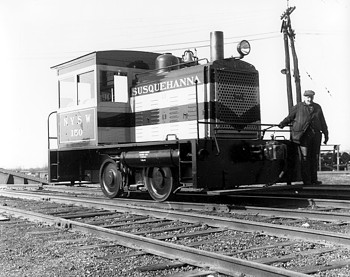
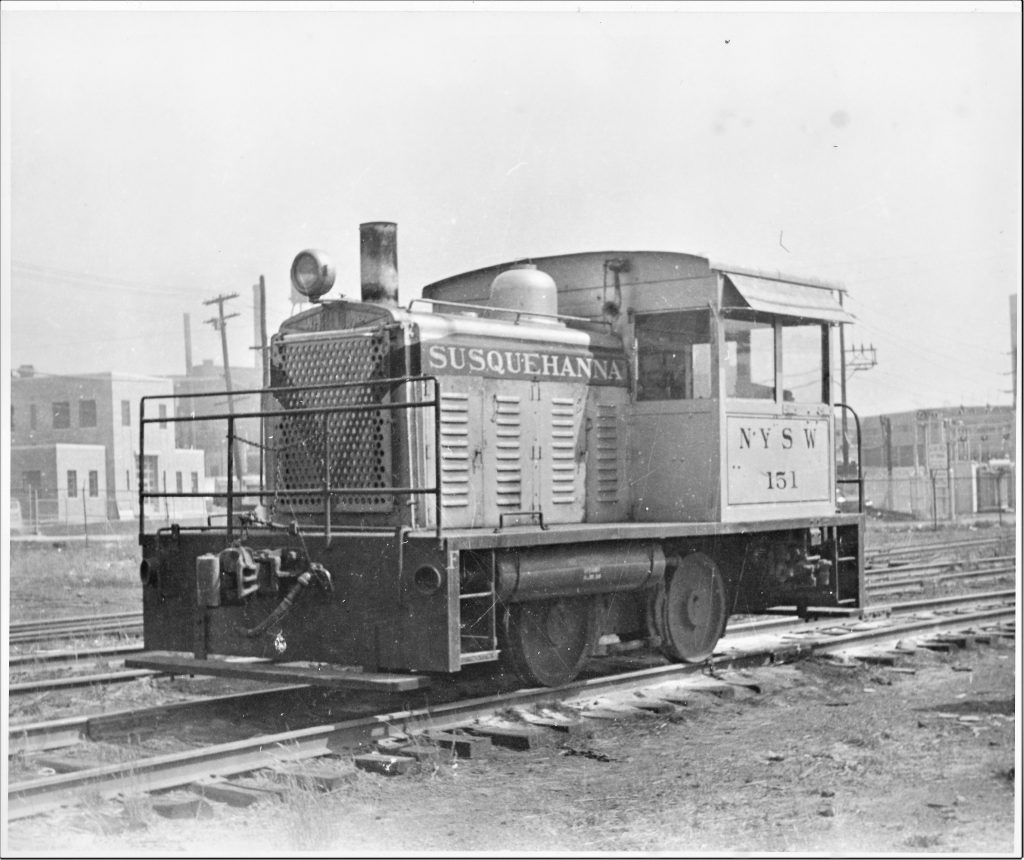
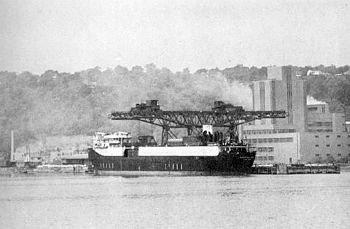
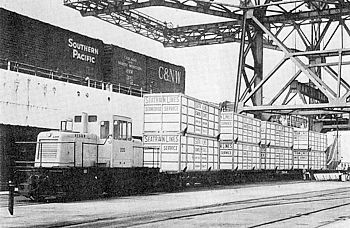
In 1958, the two Whitcomb locomotives were replaced by a new switching engine, a General Electric 45-tonner, No. 200. In the summer of 1960, the Whitcombs were sold to a railroad equipment dealer and there the puzzling question of what happened to them begins. One locomotive, possibly the 151, was apparently sold to the Old Dominion Iron & Steel Company of Richmond, VA. The question of the 150’s fate, however, remains a bit of a mystery among some locomotive historians.